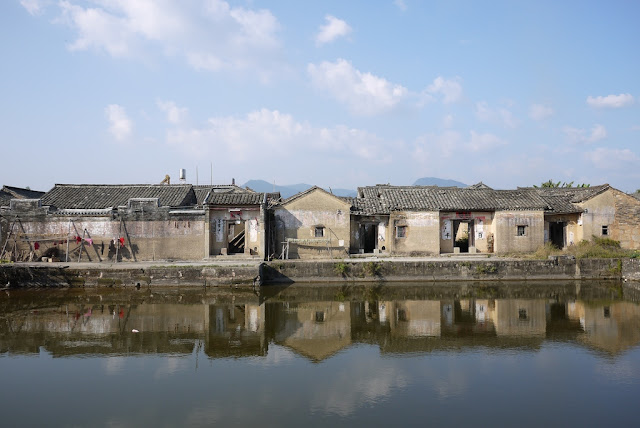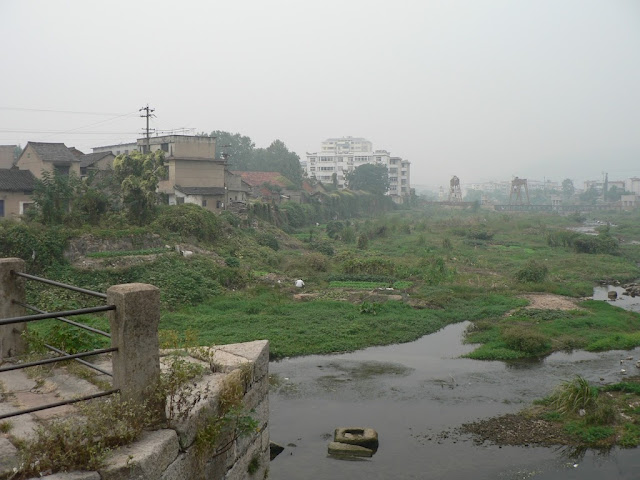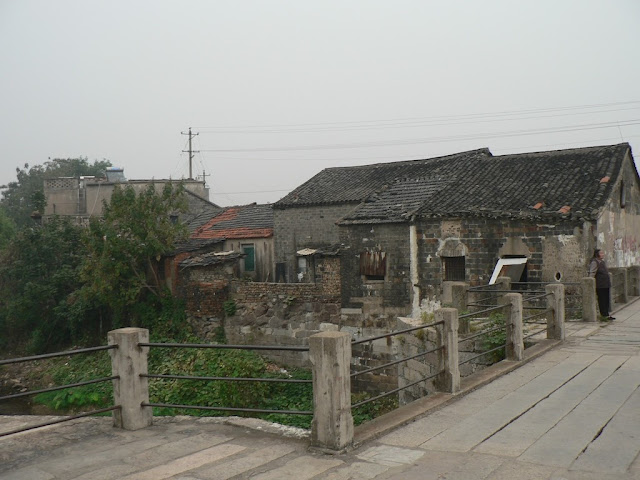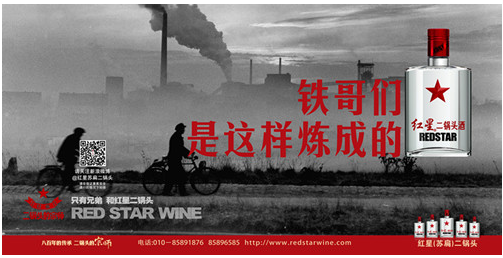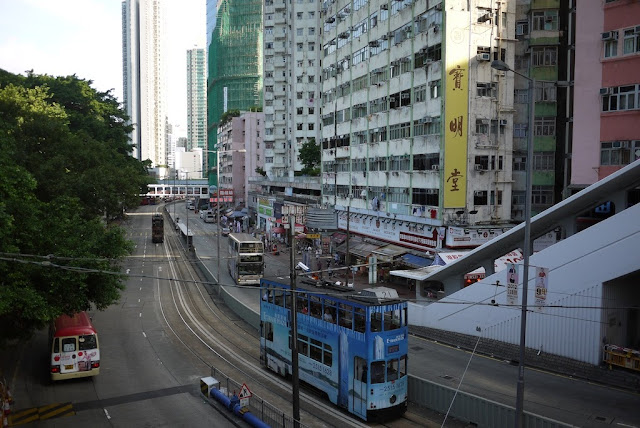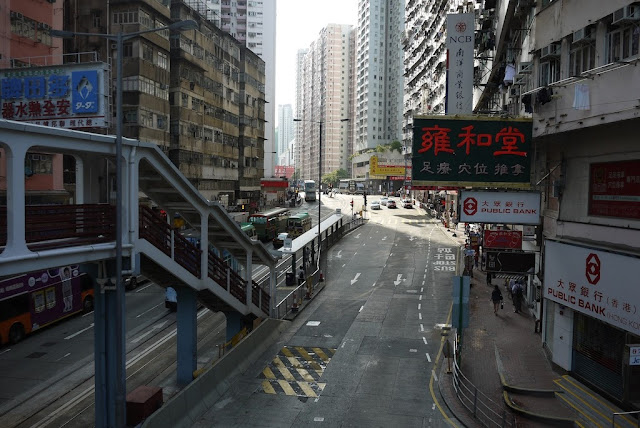Today I inhaled some of the cleanest air I have ever breathed in Beijing. No, the Olympics did not return to China. There was another reason.
Shortly after reading the article "
1,600 Die Prematurely in Hong Kong As Smog Spikes", I noticed that the air quality for Beijing today was being described as "
very unhealthy". I then felt sufficiently motivated to do something I had never done before: wear a face mask due to smog.
Fortunately, I did not need to make use of the "
Filtering Respirator for Fire Self-Rescue" in my room, because the other day I picked up some 3M KN90 masks. In general, KN90 masks do not filter as much as the highly recommended N95 masks, but that was the best 3M mask available at 7-Eleven -- a convenient stop for where I am staying. I figured the difference between no mask and a 90% efficient mask was far greater than the difference between a 90% efficient mask and a 95% efficient mask.
So I donned my mask and went outside. I don't have any photos to share, but the air looked only a shade better than it did when I
visited Tiananmen Square last month -- not very good. I had to fiddle with the mask to make sure it was properly sealed, but it was straightforward to wear. I must say, though, that I felt rather self-conscious. Eventually that feeling seemed to fade a little, and I didn't notice any more stares than usual.
Although people in Beijing may not be fazed by seeing someone wearing a mask, after passing hundreds and hundreds of people today I did not see another person wearing one. I've seen a very small minority of people wearing masks on other days, though, especially when the readings are in the "hazardous" category.
One of the first things I noticed about the mask was the heat it trapped around my mouth and nose. The weather was slightly cool today, so it didn't pose much of a nuisance. But I could imagine there'd be a bit of discomfort on hotter days. On the plus side, it might help keep your face warm during the winter.
The other thing I noticed was that some smells (particularly those I did not wish to smell) seemed to be more noticeable while wearing the mask. I would have thought the opposite would occur since the mask covers the nose. Perhaps the air pocket under the mask helps funnel up into the nose any chemicals which enter.
Although the mask provided a barrier to completely effortless breathing, the effect did not feel bothersome to me. This can be more of an issue with masks that filter a higher percentage of particles.
Maybe the biggest negative was that the mask was held in place by elastic straps which went around the ears. It was comfortable at first, but after several hours my ears felt sore.
Overall, I have mixed feelings about the experience. If I were to stay in Beijing long term, I'd consider investing in a higher quality mask that does not anchor itself on the ears and does not make me look I just walked out of a hospital. Whatever the case, at least I breathed some cleaner air today.



